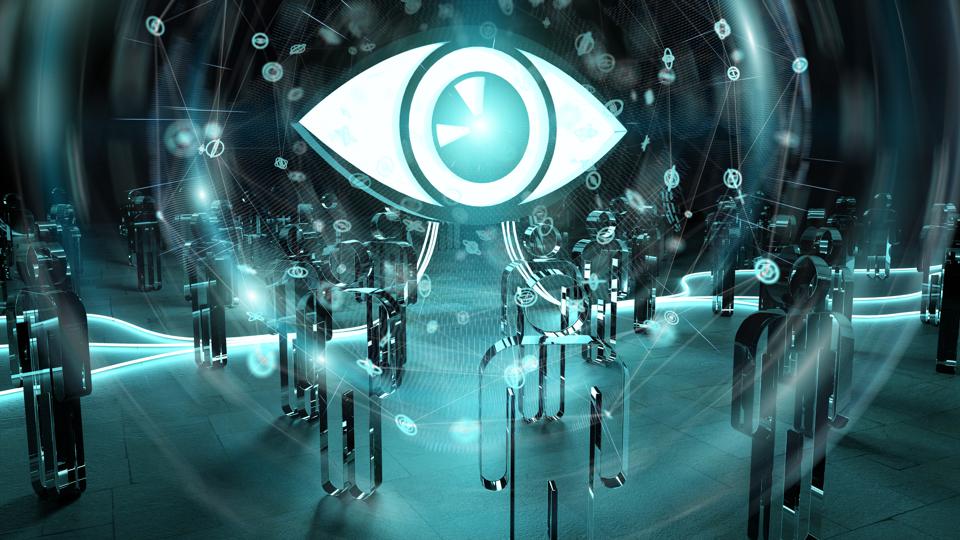Today, we already have humans and robots working together. Kuka has deployed a new type of heavy industrial robots that can work and collaborate with humans, side-by-side.
Full Story
You got a little too caught up in Instagram and lost track of time. You dash over to your home office to quickly log into to work hoping no one will notice your tardiness. Alas, as soon as you connect, you get an immediate message from your boss: “You’re 17 seconds late to work! Your performance score will be impacted.” Ugh! It’s tough working for an AI boss.
This situation seems far-fetched but a little too real at the same time. Will people have AI managers in the future? More importantly, will people still even be working in the future? The answer to both questions is yes. The reality, though, is AI managers will happen much sooner than people think.
Today, we already have humans and robots working together. Kuka has deployed a new type of heavy industrial robots that can work and collaborate with humans, side-by-side. In the past, such a thing was not considered possible. These big, heavy industrial robots could potentially kill a person if they accidentally hit someone. Thanks to machine learning and artificial intelligence, Kuka has created robots that automatically recognize where human person is, even as that person moves around a manufacturing floor. With human and machine working jointly on a production line, manufacturing plants have achieved solid benefits in better overall productivity, reduced hazardous work performed by humans, improved production quality, and increased plant floor flexibility.
